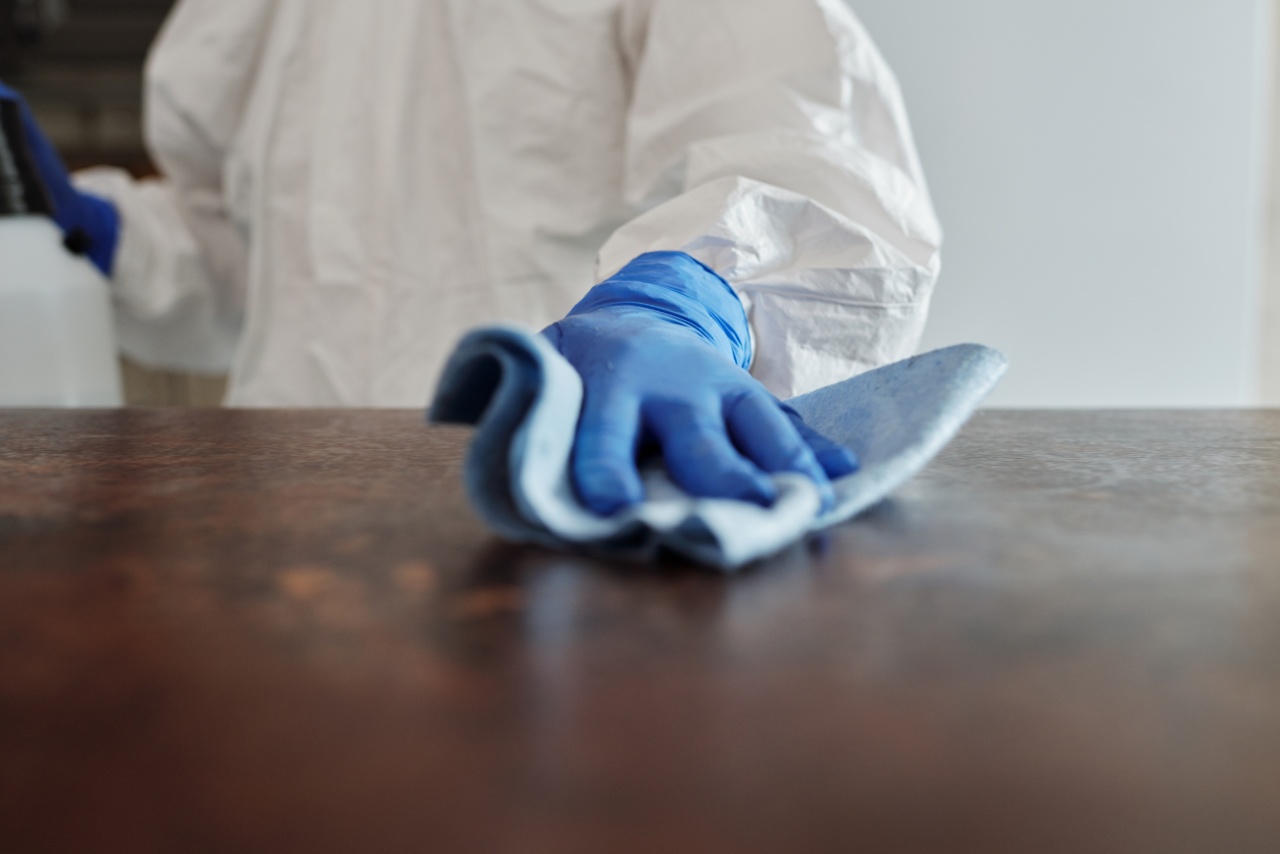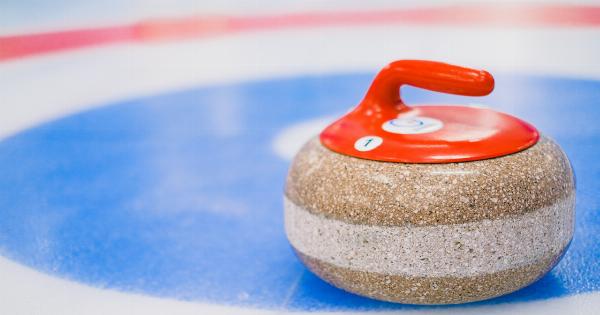Fungal infections on the legs can be quite common, and they can cause a lot of discomfort and even pain in some cases.
These infections are often caused by a type of fungus known as dermatophytes, which thrives in warm and moist environments such as the feet and toes. Other common causes of fungal infections on the legs include wearing tight clothing or footwear, poor hygiene, and exposing the skin to contaminated surfaces.
Fortunately, there are several prevention strategies and treatment options that can help to manage these infections.
Symptoms of Fungal Infections on the Legs
The symptoms of fungal infections on the legs can vary depending on the type of fungus involved. Some common signs to look out for include:.
- Redness
- Flaking or peeling skin
- Itching or burning sensation
- Blisters
- Brown or black toenails
In severe cases, fungal infections can also cause cracking or bleeding of the skin. It’s important to seek medical attention if you experience any of these symptoms, particularly if they don’t improve with home care remedies.
Preventing Fungal Infections on the Legs
Prevention is always the best strategy when it comes to fungal infections on the legs. Here are some tips to help lower your risk:.
Keep Your Skin Dry
Fungal infections thrive in warm and moist environments, so it’s important to keep your skin as dry as possible. After washing your legs or taking a shower, be sure to thoroughly dry your skin with a clean towel.
Don’t forget to dry the spaces between your toes, as this is a common area for fungal infections to occur.
Avoid Tight Clothing and Footwear
Tight clothing and footwear can create a warm, damp environment that’s perfect for fungal growth. Whenever possible, choose loose, breathable clothing that allows air to circulate freely around your skin.
This can help to wick away moisture and prevent fungal infections. If you must wear tight clothing or footwear, try to take breaks periodically to let your skin breathe.
Practice Good Hygiene
Good hygiene is key to preventing fungal infections on the legs. Be sure to wash your feet and legs with soap and water every day, and use a clean towel to dry them thoroughly.
Avoid sharing towels or personal items with others, as this can spread fungal infections. Additionally, keep your nails trimmed and clean to reduce the risk of a fungal infection taking hold.
Choose the Right Shoes
The type of shoes you wear can also have an impact on your risk of fungal infections. Whenever possible, choose shoes that are breathable and made from a natural material like leather. Avoid synthetic materials that trap moisture against your skin.
Additionally, try to alternate between different pairs of shoes to allow them to dry out thoroughly between uses.
Treating Fungal Infections on the Legs
While prevention is always the best approach, sometimes fungal infections can still occur despite your best efforts. Fortunately, there are several treatment options available:.
Antifungal Creams
Antifungal creams are a common first line of defense against fungal infections on the legs. These creams are designed to kill the fungus causing the infection and can be applied directly to the affected area.
Look for creams containing active ingredients like clotrimazole, terbinafine, or miconazole.
Oral Antifungal Medications
In some cases, oral antifungal medications may be necessary to treat a fungal infection. These medications are typically reserved for more severe or persistent infections and can have a higher risk of side effects than topical treatments.
Home Remedies
There are several home remedies that may help to manage fungal infections on the legs. These include applying tea tree oil, soaking your feet in a mixture of vinegar and water, or using over-the-counter antifungal powders or sprays.
However, it’s important to speak with a doctor before trying any home remedies, particularly if you have an underlying medical condition.
Conclusion
Fungal infections on the legs can be uncomfortable and unsightly, but with the right prevention strategies and treatment options, they can be effectively managed.
By practicing good hygiene, choosing the right footwear, and keeping your skin dry, you can reduce your risk of developing these infections. And if a fungal infection does occur, there are several treatment options available to help get you back on your feet.





























